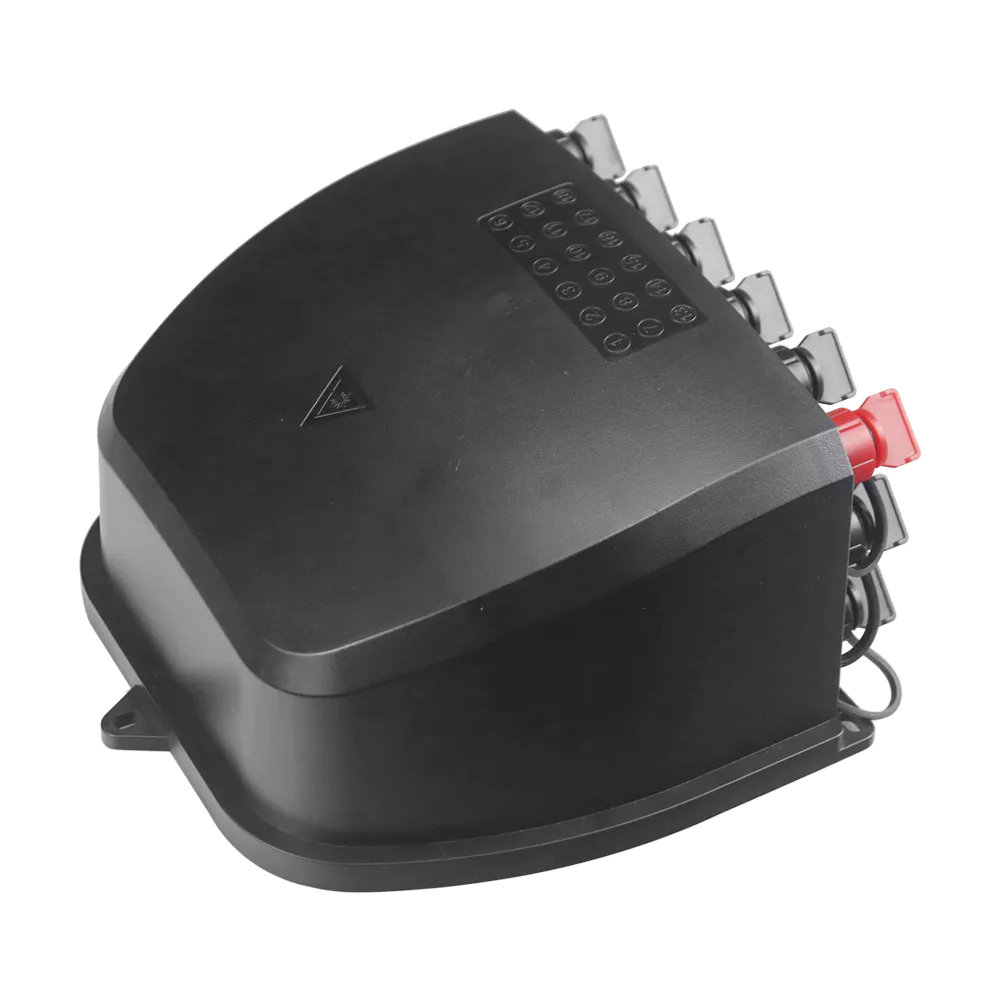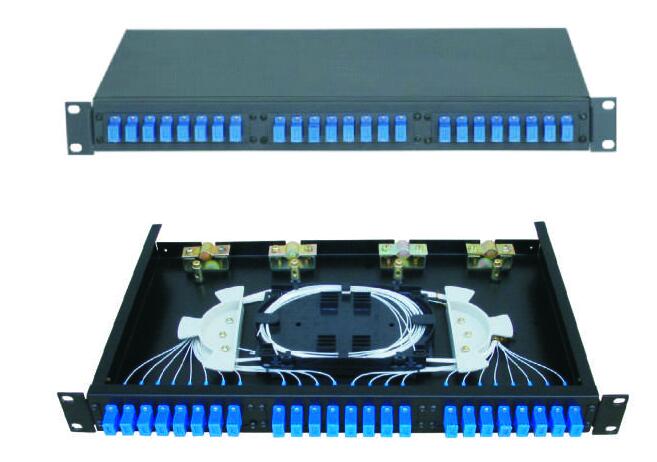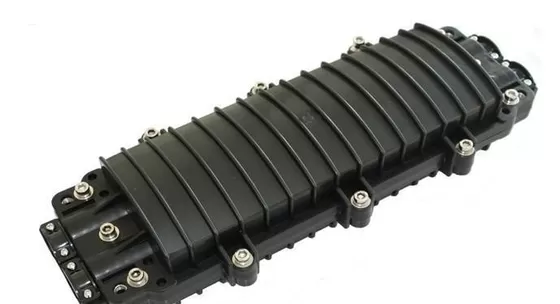Understanding FTTx Products and Solutions for Fiber Optic Network Solutions
Unveiling FTTX Products
Fiber optic network solutions have been revolutionized by the introduction of FTTx products. These innovative solutions, including FTTH and FTTB, are transforming the way we connect homes and buildings to high-speed internet and telecommunications services. By offering direct fiber connectivity to residences (FTTH) and larger buildings or complexes (FTTB), FTTx products are paving the way for enhanced connectivity and cost-effective network solutions. Embracing these advancements is crucial for staying competitive in the rapidly evolving fiber optic network industry.
FTTH vs FTTB: A Comparative Analysis
When it comes to fiber optic network solutions, understanding the difference between FTTH and FTTB is essential for implementing the most suitable connectivity option for different settings.
Understanding FTTH
FTTH, also known as Fiber to the Home, is a type of FTTx product that provides direct fiber connectivity to individual residences. This means that households can enjoy high-speed internet, television, and telephone services through a dedicated fiber optic connection. FTTH is designed to bring the benefits of fiber optics directly to homes, ensuring reliable and efficient connectivity for residential users.
Exploring FTTB
On the other hand, FTTB, or Fiber to the Building, extends fiber connectivity to larger buildings or complexes. In this setup, the fiber optic network is deployed within the building's infrastructure, allowing multiple units or offices within the building to access high-speed internet and other services through shared fiber connections. FTTB leverages existing building infrastructure to provide enhanced connectivity without requiring individual connections for each unit.
Installation Best Practices
Optimizing Installation Procedures
When it comes to optimizing installation procedures for FTTx products, several best practices can ensure efficient and reliable network connectivity. One crucial aspect is meticulous planning before the actual deployment of the fiber optic network solution. This includes conducting thorough site surveys to assess the environment and identify any potential obstacles or challenges that may impact the installation process. Additionally, utilizing high-quality materials and equipment during installation is essential for achieving long-lasting and robust network connectivity.
Furthermore, adhering to industry standards and guidelines for FTTx installation is paramount. This involves following prescribed protocols for fiber handling, splicing, termination, and cable management to minimize signal loss and ensure optimal performance. Proper documentation of the installation process is also critical for future maintenance and troubleshooting purposes.
Addressing Installation Challenges
Overcoming common installation challenges is crucial for the successful deployment of FTTx products. Some of these challenges include navigating complex building structures, addressing environmental factors such as inclement weather conditions, and coordinating with various stakeholders involved in the installation process. Implementing effective project management techniques can help mitigate these challenges by ensuring clear communication, efficient resource allocation, and timely resolution of any unforeseen issues that may arise during deployment.
By addressing these installation challenges proactively, network operators can optimize the performance and reliability of FTTx products while minimizing potential disruptions to service delivery.
Advantages of FTTx Products
Enhanced Connectivity
FTTx products offer seamless integration and enhanced connectivity compared to traditional networks. By utilizing fiber optic technology, FTTx solutions provide higher bandwidth and faster data transmission, ensuring a more reliable and efficient connection for end-users. This enhanced connectivity is particularly beneficial in meeting the increasing demands for high-speed internet, video streaming, online gaming, and other bandwidth-intensive applications. With FTTx products, users can experience improved network performance and a more satisfying digital experience overall.
Cost-Effectiveness
The cost-effectiveness of FTTx products makes them a preferred choice for modern network solutions. While the initial investment in deploying FTTx infrastructure may require significant capital expenditure, the long-term benefits outweigh the costs. Fiber optic networks are known for their durability and longevity, reducing maintenance expenses over time. Additionally, the scalability of FTTx solutions allows for efficient expansion without the need for extensive infrastructure upgrades. Moreover, the operational efficiency and energy savings associated with fiber optics contribute to the overall cost-effectiveness of FTTx products, making them an attractive option for businesses and service providers seeking sustainable and economical network solutions.
In summary: FTTx products not only deliver enhanced connectivity but also offer long-term cost savings through their efficient operation and scalability.
Embracing FTTX Products
In today's rapidly evolving fiber optic network industry, embracing FTTx products is essential for businesses and service providers seeking to stay competitive. The seamless integration and enhanced connectivity offered by FTTx products are pivotal in meeting the increasing demands for high-speed internet and advanced telecommunications services. By adopting FTTx solutions, organizations can ensure that they are at the forefront of delivering reliable and efficient fiber optic network solutions to their customers and end-users. Embracing these innovative products not only facilitates superior connectivity but also positions businesses for sustained success in a dynamic and demanding market.
See Also
Exploring FTTH Network Deployment Benefits
The Impact of Fiber Optic Fast Connectors in FTTH Networks
The Impact of FTTH, FTTN, FTTC, and FTTP in Fiber Optic Solutions
Understanding Fiber Optic Technology: Explaining FTTH and Its Significance
About US
Follow Us
AnetFiber company's main products are indoor and outdoor optical fiber cables, outdoor waterproof pre-connected fiber-to-the-home products, PLC optical fiber splitters, optical fiber jumpers and pigtails, MTP®/MPO high-density big data product solutions, optical fiber field quick connectors and research and development molding, injection molding and production of optical fiber distribution boxes, optical fiber chassis cabinets, the market has expanded to the world, Europe, America, Asia, the Middle East and Latin America.
Address
Shenzhen City, Baoan District, Yanluo Street, Tangxiayong Community, Yangyong Industrial Road, Tonggangda New Energy Vehicle Park 406
Contacts
+86 199 2655 3586




